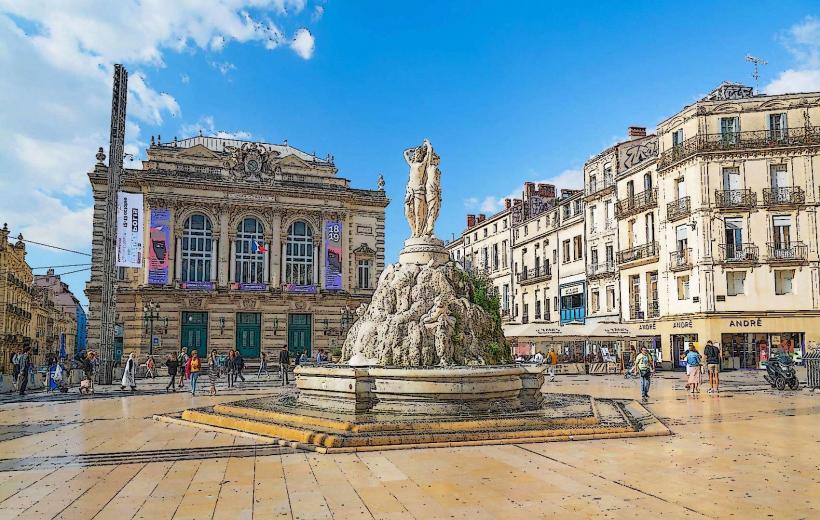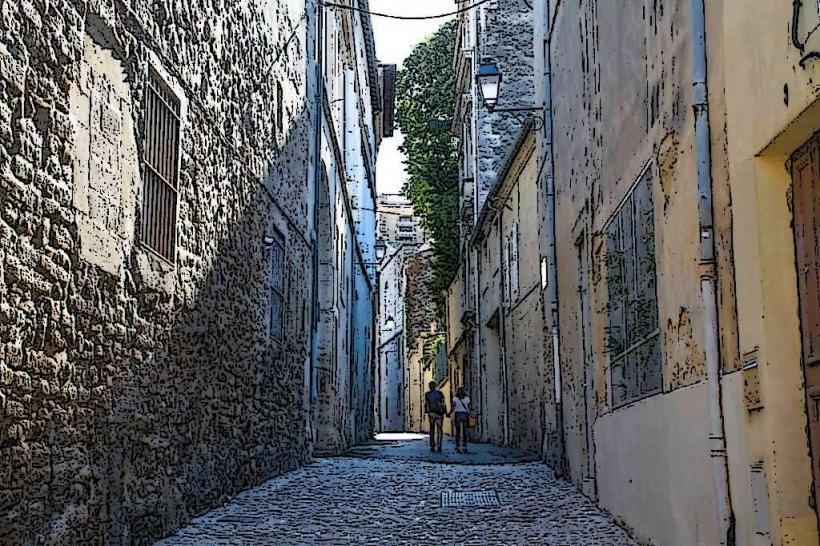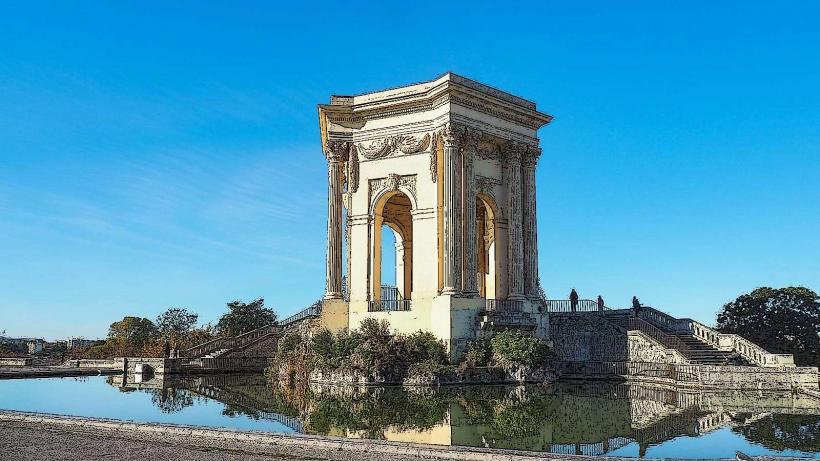Information
Landmark: Musee FabreCity: Montpellier
Country: France
Continent: Europe
Musée Fabre is one of the most important art museums in Montpellier, located in the heart of the city. The museum is renowned for its extensive collection of European paintings and its stunning architecture, which blends historic and modern elements. It offers an incredible journey through art history, showcasing works from the 17th to the 19th centuries, as well as contemporary art.
Key Features of Musée Fabre
1. Historical Significance
- Musée Fabre was founded in 1825 by the painter François-Xavier Fabre, a prominent artist who bequeathed his personal collection to the city of Montpellier. Over the years, the museum has expanded its holdings and become a leading institution for European fine arts in the region.
- The museum is housed in a beautiful historic building, the Hôtel de Montcalm, which was originally constructed in the 18th century and later renovated and expanded to accommodate the museum’s growing collection.
- The museum’s collection is not only important for its historical artworks but also for its role in promoting art education and research in Montpellier.
2. The Collection
The museum's collection spans several centuries, with notable emphasis on works from the 17th to the 19th centuries. It is divided into different sections based on historical periods and styles.
- Old Masters (17th-18th centuries): The museum has an impressive collection of European paintings from the Baroque, Rococo, and Neoclassical periods. Highlights include works by Peter Paul Rubens, François Boucher, and Jacques-Louis David.
- 19th Century Art: The museum features a rich array of works from the Romantic, Realist, and Impressionist movements. Key artists in this section include Gustave Courbet, Édouard Manet, and Honoré Daumier.
- Modern and Contemporary Art: The museum also has a significant collection of modern and contemporary art, with works by Georges Braque, Félix Vallotton, and Pierre Soulages, as well as a selection of pieces from the 20th century.
- Sculpture and Decorative Arts: The museum includes a variety of sculptures and decorative arts, showcasing the evolution of European art in these mediums.
3. Special Exhibitions
- In addition to its permanent collection, Musée Fabre regularly hosts temporary exhibitions, which often focus on specific artists, movements, or themes. These exhibitions feature works on loan from other major institutions, providing a dynamic and ever-changing experience for visitors.
- The museum often collaborates with other French and international museums, offering an opportunity to view world-class art in Montpellier.
4. Architectural Highlights
- The Hôtel de Montcalm, which houses the museum, is a neoclassical building that itself is a work of art. The museum’s grand staircase, beautiful courtyards, and the central atrium create an elegant space for viewing artwork.
- A major renovation and expansion project completed in 2007 modernized the museum’s facilities, adding new exhibition spaces and improving visitor accessibility. The addition of contemporary architectural elements blends seamlessly with the historic structure, enhancing the museum's overall appeal.
- The museum also features light-filled galleries and special rooms designed for displaying large works and contemporary art installations.
5. Museum Spaces and Design
- Salle des Armes: One of the main halls in the museum, featuring large-scale works and a section dedicated to European portraiture.
- The Fabre Gallery: Dedicated to François-Xavier Fabre, the gallery displays works by the artist himself, as well as pieces he collected throughout his life.
- The Neoclassical Wing: This wing showcases works from the 18th century, including paintings and sculptures that reflect the academic style of the period.
- Contemporary Art Space: The museum’s modern extension features a dedicated area for displaying contemporary art and hosting installations, making it an important space for experiencing cutting-edge exhibitions.
6. Educational Programs and Workshops
- The museum is highly involved in educational outreach, offering various workshops, lectures, and guided tours for visitors of all ages. These programs aim to promote art appreciation and help visitors understand the context and history of the works displayed.
- There are often activities for children and families, encouraging young visitors to engage with the art through interactive workshops and educational games.
7. The Museum’s Garden and Courtyards
- Outside the museum, there is a lovely garden and courtyard, providing a peaceful space for visitors to relax. The garden is beautifully landscaped and is often used for outdoor events and exhibitions, particularly in the warmer months.
8. Visitor Experience
- Musée Fabre is designed to provide a welcoming and enriching experience for visitors. The museum offers a range of amenities, including a museum shop selling art-related books, postcards, and local crafts, as well as a café where visitors can enjoy refreshments after exploring the exhibits.
- The museum also provides audio guides and written materials in multiple languages, making it accessible to an international audience.
9. Location and Accessibility
- The museum is centrally located in Montpellier, within walking distance of other historic sites, like Place de la Comédie and the Promenade du Peyrou.
- It is easily accessible by public transport, including the Montpellier tram, which stops near Place de la Comédie.
- The museum is wheelchair accessible, and there are provisions for visitors with disabilities to ensure that all guests can enjoy the museum.
Conclusion
Musée Fabre is a cultural gem in Montpellier, offering a rich collection of European fine art, from the Old Masters to contemporary works. Its combination of historic architecture, stunning art, and educational programs makes it a must-visit destination for art lovers and anyone interested in exploring Montpellier’s artistic heritage. Whether you're admiring the masterpieces of Rubens, exploring the Impressionists, or enjoying modern exhibitions, Musée Fabre is a cultural highlight in the heart of the city.




